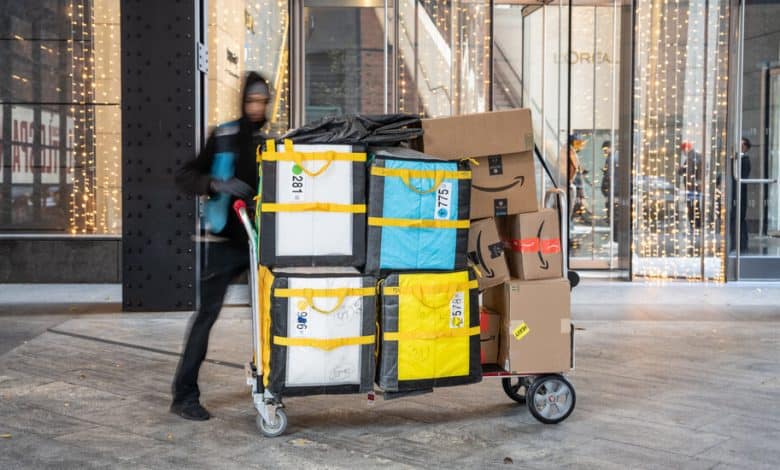The Delivery Business Shows Why Unions Are Struggling to Expand

Last year, two unions representing workers at three large automakers and UPS negotiated new labor contracts that included big raises and other gains. Leaders of the unions — the United Automobile Workers and the Teamsters — hoped the wins would help them organize workers across their industry.
The U.A.W. won one vote to unionize a Volkswagen factory in Tennessee last month and lost one this month at two Mercedes-Benz plants in Alabama. The Teamsters have made even less progress at UPS’s big nonunion rivals in the delivery business, Amazon and FedEx.
Polling shows that public support for unions is the highest it has been in decades. But labor experts said structural forces would make it hard for labor groups to increase their membership, which is the lowest it has been as a percentage of the total work force in decades. Unions also face stiff opposition from many employers and conservative political leaders.
The Teamsters provide an instructive case study. Many of the workers doing deliveries for Amazon and FedEx work for contractors, typically small and medium-size businesses that can be hard to organize. And delivery workers employed directly by FedEx in its Express business are governed by a labor law that requires unions to organize all similar workers at the company nationally at once — a tougher standard than the one that applies to organizing employees at automakers, UPS and other employers.
Some labor experts also said the Teamsters had not made as forceful a push as the U.A.W. to organize nonunion workers after securing a new contract with UPS.
“You didn’t have that energy that you saw with the U.A.W.’s leaders,” said Jake Rosenfeld, a sociologist who studies labor at Washington University in St. Louis.
